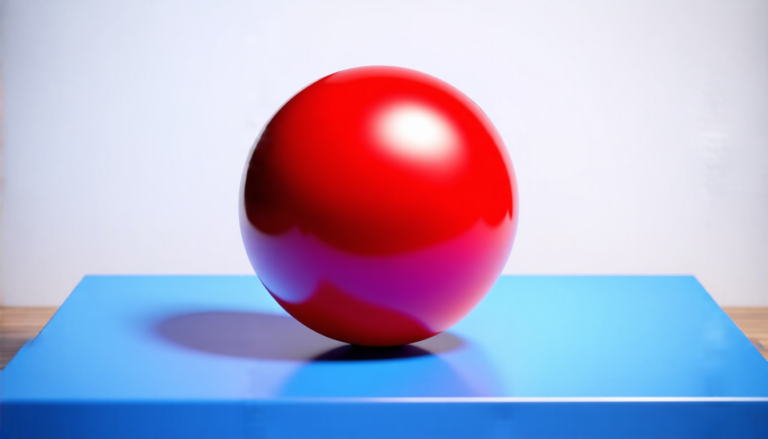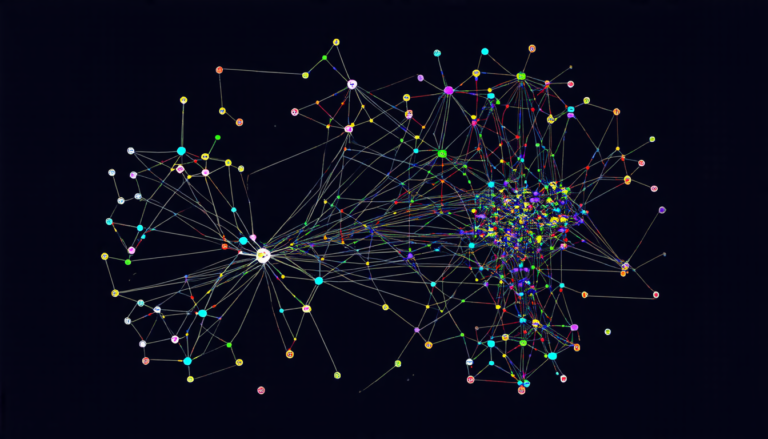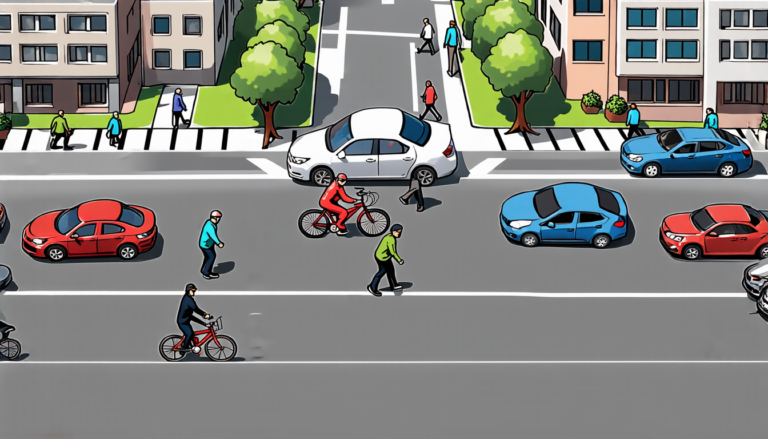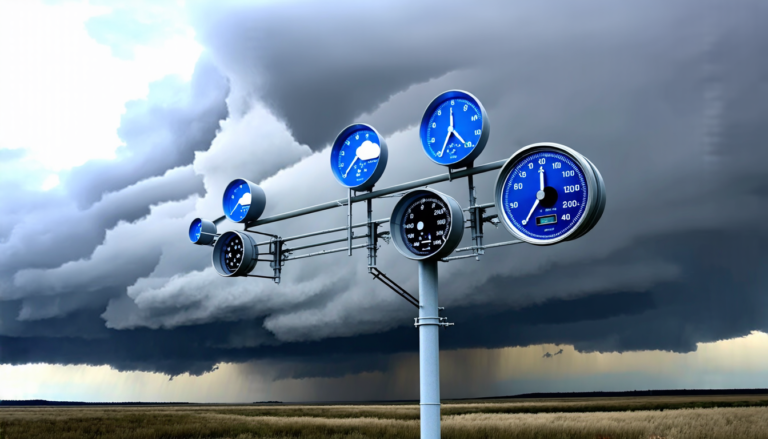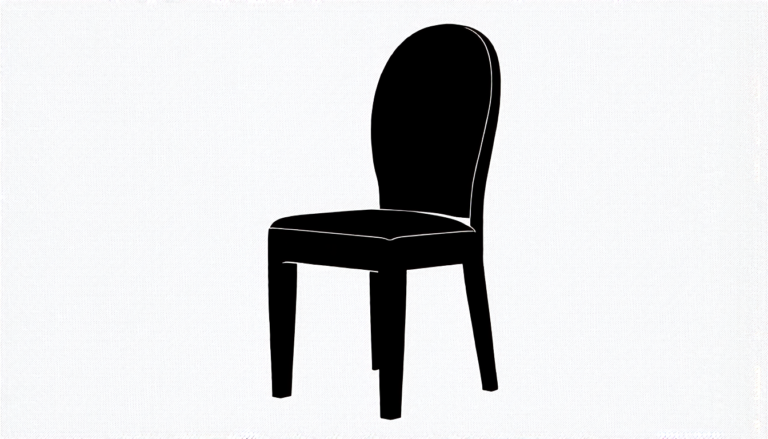Friday 23 May 2025
Scientists have made a significant breakthrough in the field of computer graphics, allowing them to create more realistic and detailed images using neural networks. These networks are capable of learning complex patterns and relationships between data, making them ideal for tasks such as image recognition and generation.
The new technique, called LoRA (Low-Rank Adaptation), allows researchers to adapt pre-trained neural networks to new tasks by adding a few dozen parameters to the model. This means that instead of having to retrain the entire network from scratch, they can fine-tune it using a smaller amount of data and computational resources.
The team behind the research used LoRA to generate high-quality images of objects and scenes, including realistic renderings of cars, buildings, and landscapes. They also tested the technique on videos, allowing them to create smooth and detailed animations.
One of the key advantages of LoRA is its ability to preserve the quality of the original image or video while making changes. This means that the resulting image or video will look more natural and realistic, rather than being distorted or pixelated.
The researchers believe that LoRA has the potential to revolutionize the field of computer graphics, enabling the creation of more realistic and engaging visual effects for movies, games, and other forms of media. They also see it as a tool for improving image recognition and generation tasks, such as facial recognition and image compression.
LoRA is not limited to just images and videos. The researchers have also tested it on 3D shapes, allowing them to create detailed and realistic models of objects and scenes. This could have significant implications for fields such as architecture, engineering, and product design.
The team’s work has been published in a recent paper, where they describe the details of their technique and its applications. The research was conducted by scientists at Massachusetts Institute of Technology (MIT) and other institutions, and it represents an important step forward in the development of neural networks for computer graphics.
Overall, LoRA is a powerful new tool that has the potential to transform the field of computer graphics. Its ability to adapt pre-trained neural networks to new tasks while preserving their quality makes it an exciting development with many potential applications.
Cite this article: “Revolutionary LoRA Technique Transforms Computer Graphics with Realistic and Detailed Images”, The Science Archive, 2025.
Neural Networks, Computer Graphics, Image Recognition, Generation, Lora, Low-Rank Adaptation, Mit, Massachusetts Institute Of Technology, Image Compression, Facial Recognition


